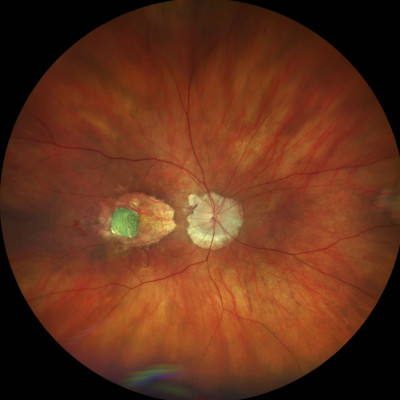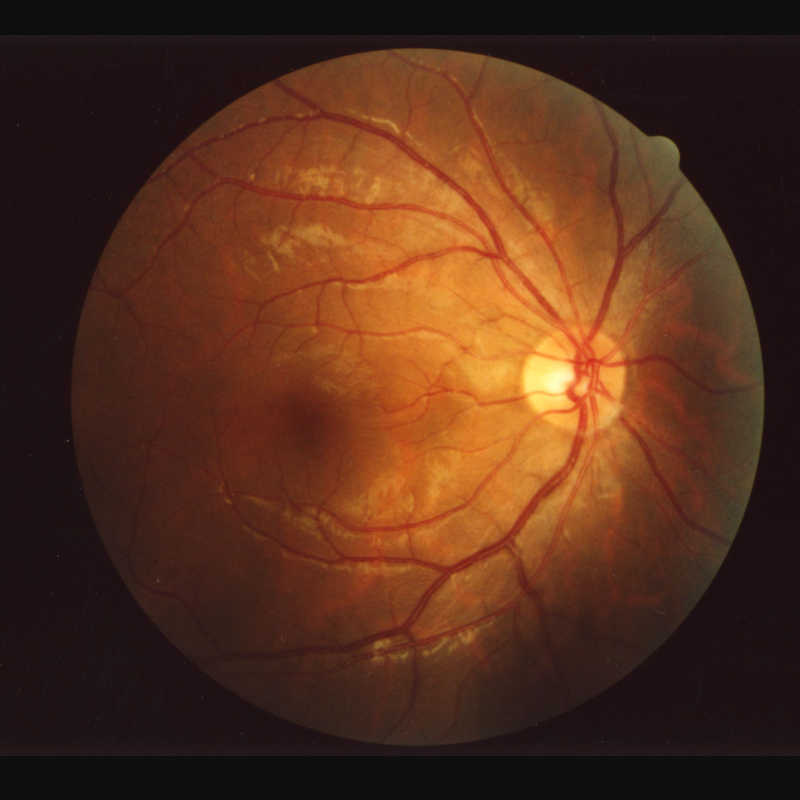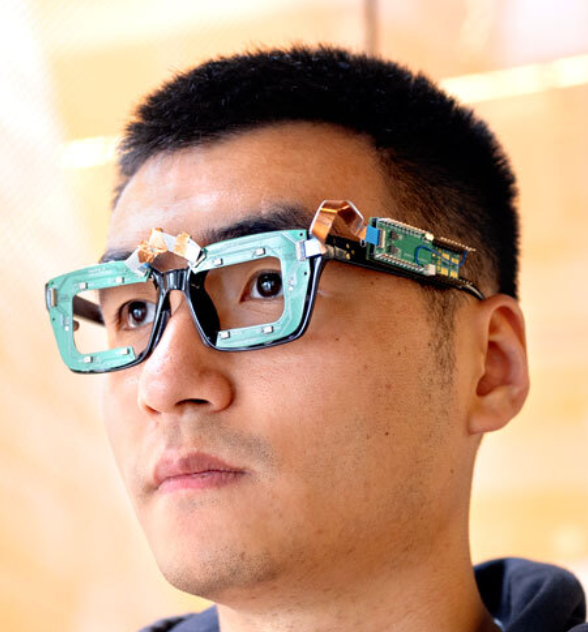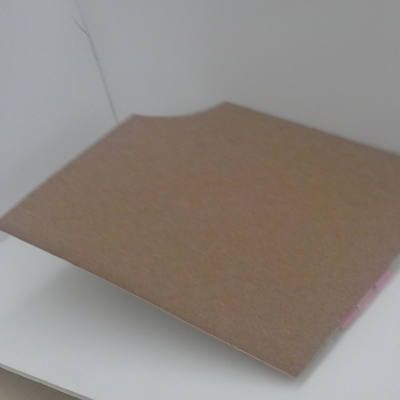New eye-tracking technology boosts accuracy
Apr. 01, 2025.
2 mins. read.
2 Interactions
Researchers use deflectometry and advanced computing to improve eye tracking for virtual reality, medicine, and more.
Eye tracking is a key feature in modern virtual reality and augmented reality headsets. It also helps in entertainment, science, medicine, car safety, and engineering. Following eye movements precisely is tough. Researchers at the University of Arizona Wyant College of Optical Sciences found a new way to track eye movements. Their work appeared in Nature Communications. They mixed a 3D imaging method called deflectometry with smart computing. Deflectometry measures shiny surfaces very accurately. This could make eye tracking much sharper.
Old eye-tracking methods look at just a few spots on the eye, maybe a dozen. The new method checks over 40,000 spots from one camera snap. More spots mean more details. This can make guessing where someone looks way more exact. The researchers say the new method grabs over 3,000 times more data than older ways.
The researchers mixed deflectometry with computer vision methods. They call this mix “computational deflectometry.” It can study art, measure skin bumps, or track eyes. It could give machines “superhuman vision” and help machines see things humans can’t.
Aiming for the next technology leap
The researchers tested real people and a fake eye. They tracked gaze with errors as low as 0.46 to 0.97 degrees. With the fake eye, the error was just 0.1 degrees. Old methods use a few infrared lights. The new way uses a screen with light patterns. Each screen pixel acts like a tiny light. The team studies how these patterns bounce off the eye. This shows the shape of the cornea and sclera (the cornea covers the pupil, and the sclera is the white part).
Computational deflectometry uses this shape to guess gaze direction. The researchers tested it in virtual reality setups too. Future versions might use invisible infrared light.
It’s the first time deflectometry tracks eyes. Wang says it already beats some commercial trackers. A patent is in the works. The group wants to hit 0.1-degree accuracy for real eyes soon. They plan to add artificial intelligence (AI) to make it even better.
Let us know your thoughts! Sign up for a Mindplex account now, join our Telegram, or follow us on Twitter.


.png)

.png)


.png)






0 Comments
0 thoughts on “New eye-tracking technology boosts accuracy”